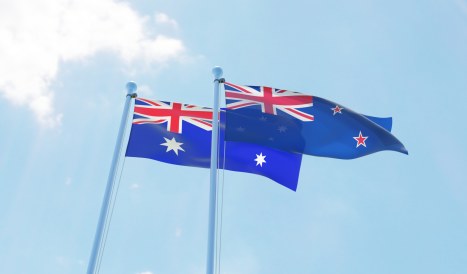Blog
The Australian Gold Rush
The Unofficial Discoveries
Many early reports indicated that gold was first discovered as early as 1814 in Australia. However, these reports were kept quiet by the first settlers (ex-convicts). Since the settlers had a reputation of stealing and crime, it was easier for them to leverage this background and claim that they stole the found gold, rather than claiming that they found it by chance. As a response to this, the government punished them very harshly. At the same time, the government was afraid of settlers leaving their jobs to find undiscovered gold, which could’ve potentially led to the failure of colonization.
The Cover-ups
The first actual reported claim of having found gold was by James Mcbrien in 1823, yet authorities virtually denied the claim. Throughout 1839-1844, other people attempted to speak up about finding gold, yet they were denied by authorities, repeatedly.
The Official Discovery
Fast forward to 1851, Edward Hargraves “officially” discovered gold within Australia after not having succeeded in searching for it across the world in California, United Sates. Edward noticed a resemblance between terrain in Australia and California and decided to search for gold in said areas. He proved to be correct and found gold in a water hole near Bathurst (to the east of New South Wales and about half way to Sydney). Realizing his success, the Australian government saw this as an opportunity to attract people from all over the world to Australia. They decided to make Edward the “commissioner of the land” and hence proceeded to tell the world about the discovery. Edward knew about the prior cover-ups and he accepted a payment of 10,000 pounds to keep quiet and as a reward for the “first” person to find gold. 4 short months later, over 1000 people from around the globe showed up with the intention of finding gold.

The Effects of Gold on Australia
Gold has been responsible for shaping Australia into the country that it is today. Over the course of 1852, it brought over 370,000 immigrants from around the world. Gold that was found within the country was exported to London, UK via ships. In turn, these ships brought back supplies and materials from Britain. These supplies were initially used to create the first railways and telegraph lines in Australia, due to mines not being proximal to any settled towns. In fact, Tennant Creek was the first town to have a telegraph post built and TDA’s Trans-Oceania tour passes through this historical town. Moreover, New South Wales produced around 26,400 kg of gold throughout 1852.

Gold Mining Methodologies
Four methods were used to find gold, described below:
1. Panning: This was the most common technique, involving sifting out lightweight rocks and leaving gold in the sifting pans, as it is heavy. This method was commonly used in shallow water creeks.
2. Cradle: Rocks and gravel were put into a cradle, followed by rocking it back and forth to sift all heavier minerals through the bottom. The minerals were then panned out for gold.
3. Puddling: This technique involved putting clay or mud into water and dissolving them to show any potential gold nuggets.
4. Pickaxe: Was used to split open large chunks of rock in hopes of revealing gold within them.

The Decline and End of an Era
When the supply of alluvial (primary natural gold deposits created by water movement) gold started to be depleted, a major decline in searching occurred. It became much more complex to search for gold, involving searching underground and building very deep mines to do so. So, most of the gold at this point was mined deep underground by mining companies. The gold rush finally came to an end in 1899.
 REGISTER NOW
REGISTER NOW




Leave a Comment for "The Australian Gold Rush"